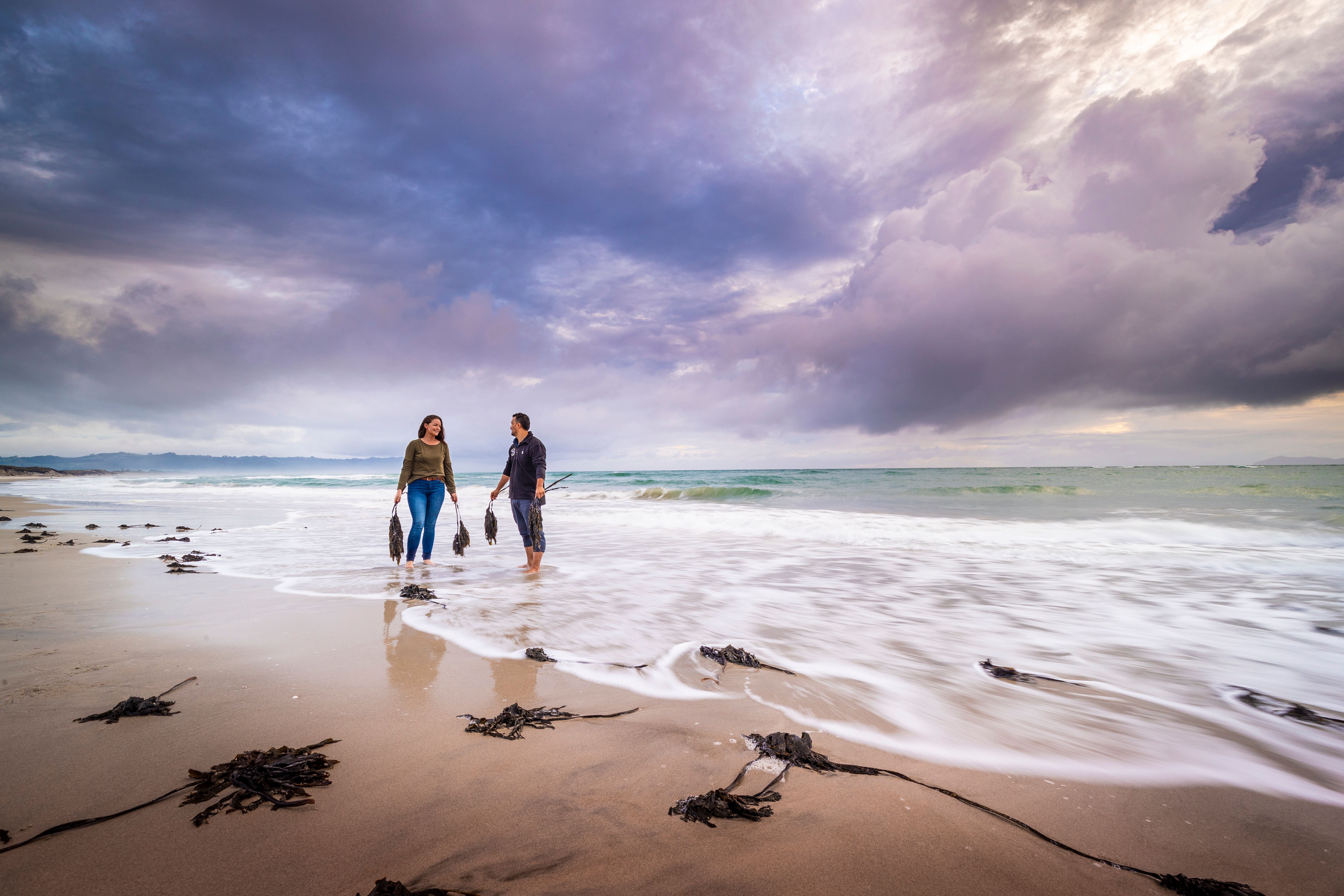
Sir Harold Gillies, Sir Archibald McIndoe
For over 5,000 Allied soldiers in the fields of France, Belgium and other battlegrounds of World War I, luck was not on their side. Facial injuries – usually gunshot wounds – were all too common, and it fell to a young New Zealand-born surgeon to come up with a way to cope with the often-horrific results.

“I felt a tremendous urge to do something other than the surgery of destruction.”
Harold Delf Gillies was born in Dunedin in 1882 and spent his youth in New Zealand. The son of an MP, Harold was quite a sportsman, winning prizes for rowing and, in later life, representing England at golf. He was also an accomplished artist, which would be useful in his career.
Harold moved to the UK to study at the University of Cambridge. After graduating, he studied surgery in a London hospital and became known as a talented ear, nose and throat surgeon. When war broke out, he joined the Red Cross and saw many injured soldiers who needed facial surgery. He began to think about better ways to help the soldiers, some of whom were horribly disfigured. Ironically, he cited as one of his earliest influences a German book he was given which outlined the current German thinking in this area of medicine.
Harold proposed that the British Army create a unit for this ‘plastic surgery’ work, and in 1916 was ordered by the War Office to head up this new unit as a surgeon in the Royal Army Medical Corps. It was here that he saw the opportunity for several different ways to treat facial injuries. Working with dentists, other surgeons and a tragically unceasing stream of patients, he pioneered techniques for facial reconstruction.
While such surgery had been around a long time, it was Harold who pioneered the idea that not only should the reconstruction be functional, it should also be aesthetic. Plastic surgery was an opportunity to make the person look at least as good as, or even better, than they had before. His colleagues would see photographs of patients taken before they were disfigured, before surgery, and after surgery, and would often exclaim that Harold had made them look better than before. Harold Gillies was the first surgeon to draw pictures and create plaster models of his patients before and after facial reconstruction, and his pastel drawings have been praised for their artistry.
Harold pioneered a technique called a ‘pedicle tube’. This involved taking sections of skin from patients’ chests, rolling them up and stitching them together, while keeping the end of the tube connected to the chest. The other end was then attached to the face, closing off the facial wound, keeping the blood supply going, and allowing the skin to graft together. In this way he could reconstruct noses, eyelids and other parts of the face which had been damaged.
After the war, in 1920, Harold published his techniques in Plastic Surgery of the Face, which became the seminal work on the new discipline. He established a private practice in London and was knighted in 1930. But Sir Harold’s career was far from over. While he continued to heal accident and war victims, a new set of clientele also appeared – people requesting cosmetic surgery. He always considered it secondary to his reconstructive work, but Harold pioneered techniques in facelifts and became sought after by society figures and film stars.
Harold also helped train another pioneer and eventually world-renowned plastic surgeon – his own cousin and fellow Dunedinite, Archibald Hector McIndoe (b. 1900). Their meeting in London was fortuitous – Archibald had given up a promising career in the USA to chase a non-existent job in London. They eventually formed a partnership in Harley Street and began one of the greatest medical partnerships of the 20th century.
Together, Harold Gillies and Archibald McIndoe created breast reduction and enhancement techniques which changed people’s lives. At the time, breast surgery was considered frivolous, but Harold and Archibald considered it not only physically enhancing, but also psychologically positive for their patients’ self-esteem. As final proof of his influence Harold is widely acknowledged as having performed the first surgical sex-change operation (a male to female conversion), and his cousin rather interestingly gave his name to the ‘McIndoe Vagina’.
Assisted into the profession by his cousin, Archibald went on to have his own brilliant career: he discovered that the liver has two sources of blood flow; he became sought after as a fast and skilful surgeon; and in 1945, at the outset of World War II, he followed in his cousin’s footsteps and became the chief plastic surgeon for the war effort. In this role, he not only helped many disfigured war casualties, but also pioneered the saline bath as a technique for helping burn victims.
As a non-commissioned member of the forces, he was free to challenge the accepted practices of the time and was successful in finding much more humane and effective ways to help victims, both physically and psychologically. Archibald’s base was the burns unit at Queen Victoria Hospital in Sussex. His patients there became known as the ‘Guinea Pig Club’, because the surgery they underwent – some of it extending over years – was still in its infancy. Archibald was knighted in 1947 ‘for his remarkable work on restoring the minds and bodies of the burnt young pilots of World War II’.
Both Archibald and Harold passed away in 1960, Archibald in April, aged 59, and Harold in September at the age of 78. The cousins are rightly remembered for their individual impact on the lives of so many victims of the wars, and for the techniques and procedures they pioneered.
Explore the Legacy Project
.jpg)
Explore the Legacy Project
.jpg)
Explore the Legacy Project
.jpg)



.jpg)

